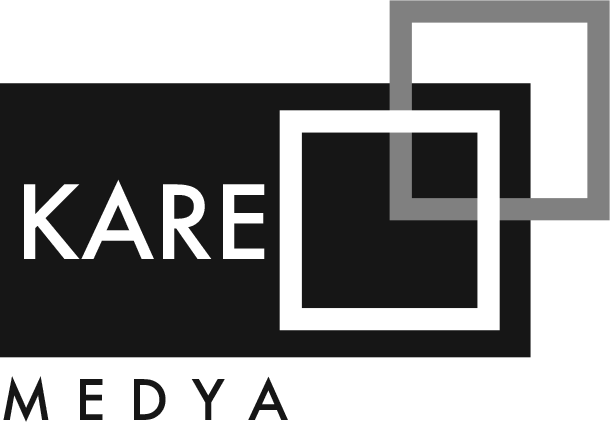
Journal of Education and Research in Nursing
The Level of Problem-Solving Skills of Health College Nursing and Midwifery Students’ and Affecting Factors
Zeliha Koç1, Sevim Koyuncu2, Zeynep Sağlam11Ondokuz Mayıs University Health High School2Adıyaman University Vocational School Of Health Services
OBJECTIVE: This study was conducted descriptively to determine the level of problem-solving skills of health college nursing and midwifery students’ and affecting factors.
METHODS: No sampling was taken, all of the population (N=492) was included in the study. However, the students who refused to participate in the study or failed to fill-in the questionnaire form properly (n=65) were excluded from the study. A total of 427 (86.8%) students who filled in the questionnaire forms properly and volunteered to participate in the study consisted of the students in study group. The data were collected from April 15 to April 25, 2009, using an information form developed by the researchers and the Problem Solving Inventory that was originally developed by Heppner and Peterson, and adapted by Şahin, Şahin and Heppner (1993) into Turkish in our country. The percentage calculation, one-way ANOVA, Kruskall Wallis, Mann Whitney U test, student t- test and Tukey test were used in evaluating the data.
RESULTS: It was determined that out of those students 63.7% were 18-21 years old, 93.0% were female, mothers of 60.2% and fathers of 38.6% are graduated from primary school. The total score that students got in the Problem Solving Inventory averages 107.63 ± 12.57. There was statistically significant relationship between students’ Problem Solving Inventory point averages and some socio-demographic specifications, like departments the students are enrolled in (t=3.694, p=0.000), gender (MWU=2.57, p=0.010), family type (t=3.460, p=0.001), and where he/she graduated high school (MWU=2.26, p=0.024).
CONCLUSION: In this study, the problem solving skills of students in males, who are studying in nursing department, who graduated from health professions school, who have nucleus family has been found higher then the other students. It is recommended that the curricula of midwifery studies further focuses on teaching the problem-solving knowledge and skills, and taking advantage of problem-based teaching methods.
Sağlık Yüksekokulu Hemşirelik ve Ebelik Öğrencilerinin Problem Çözme Beceri Düzeyleri ve Etkileyen Faktörler
Zeliha Koç1, Sevim Koyuncu2, Zeynep Sağlam11Ondokuz Mayıs Üniversitesi Samsun Sağlık Yüksekokulu2Adıyaman Üniversitesi Sağlık Hizmetleri Meslek Yüksekokulu
AMAÇ: Bu çalışma sağlık yüksekokulu hemşirelik ve ebelik bölümü öğrencilerinin problem çözme beceri düzeyleri ve etkileyen faktörleri belirlemek amacıyla tanımlayıcı olarak yapılmıştır.
YÖNTEMLER: Araştırmada örnekleme gidilmemiş, evrenin tamamı (N=492) alınmaya çalışılmıştır. Ancak araştırma sürecinde araştırmaya katılmayı kabul etmeyen ve anket formunu eksik dolduran öğrenciler (n=65) kapsam dışı bırakılarak; anket formunu tam olarak dolduran ve çalışmaya katılmaya gönüllü olan 427 (86.8%) öğrenci çalışma grubunu oluşturmuştur. Veriler 15 Nisan- 25 Nisan 2009 tarihleri arasında, araştırmacılar tarafından hazırlanan bir bilgi formu ile orjinali Heppner ve Peterson tarafından geliştirilen ve ülkemizde uyarlaması Şahin, Şahin ve Heppner (1993) tarafından yapılmış olan Problem Çözme Envanteri kullanılarak toplanmıştır. Verilerin değerlendirilmesinde yüzdelik hesaplaması, Tek Yönlü Varyans Analizi, Kruskall Walllis, Mann Whitney U testi, t testi ve Tukey testi kullanılmıştır.
BULGULAR: Öğrencilerin %63.7’sinin 18-21 yaş grubunda bulunduğu, %93.0’ını kadınların oluşturduğu, %60.2’sinin annesinin ve %38.6’sının babasının ilkokul mezunu olduğu belirlenmiştir. Öğrencilerin Problem Çözme Envanterinden aldıkları toplam puan ortalamaları 107.63±12.57’dir. Öğrencilerin Problem Çözme Envanterinden aldıkları toplam puan ortalamaları ile okudukları bölümler (t=3.694, p=0.000), cinsiyetleri (MWU=2.57, p=0.010), aile tipi (t=3.460, p=0.001) ve mezun oldukları okul (MWU=2.26, p=0.024) arasında istatistiksel olarak anlamlı ilişki bulunmuştur.
SONUÇ: Bu çalışmada hemşirelik bölümünde okuyan, sağlık meslek lisesi mezunu, çekirdek aile yapısına sahip, erkek öğrencilerin problem çözme becerileri diğer öğrencilerden daha yüksek bulunmuştur. Ebelik eğitimi müfredatında problem çözme bilgi ve becerilerinin öğretilmesine daha fazla yer verilmesi ve probleme dayalı öğretim yöntemlerinden yararlanılması önerilmektedir.
Manuscript Language: Turkish
Copyright © 2025 Journal of Education and Research in Nursing


